Last Update of the Website www.Drucktechniken.de:
April 25, 2025
| some print types: | ||
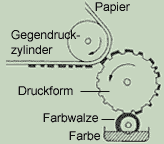 | 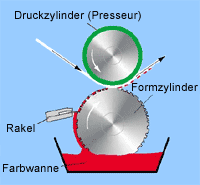 | 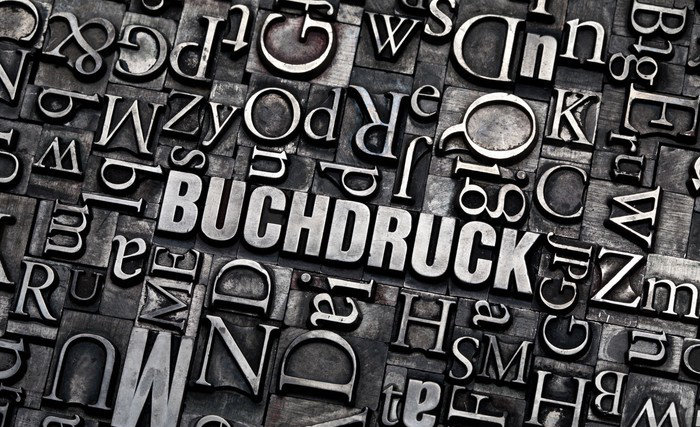 |
| High pressure | Gravure | Letterpress |
| High pressure is a mechanical printing process. The printing parts are raised on the print substrate, while the non-printing parts are recessed. Since letterpress is a direct printing process, i.e. the printing form transfers the color directly onto the printing material, the printed image on the printing medium must be mirror-inverted. | Gravure printing refers to a printing process in which line, point or area-like depressions on a bare metal surface are filled with printing ink and a pressed-on paper absorbs this printing ink. Gravure printing is used in both commercial reproduction technology and artistic graphics. | Letterpress printing is a mechanical process in which writings and images are reproduced in large numbers on flat surfaces, mostly made of paper. Until this invention, the creation and handwritten reproduction of documents and books was the profession of a small number of specialists. e.g. Johannes Gutenberg in the 15th century. |
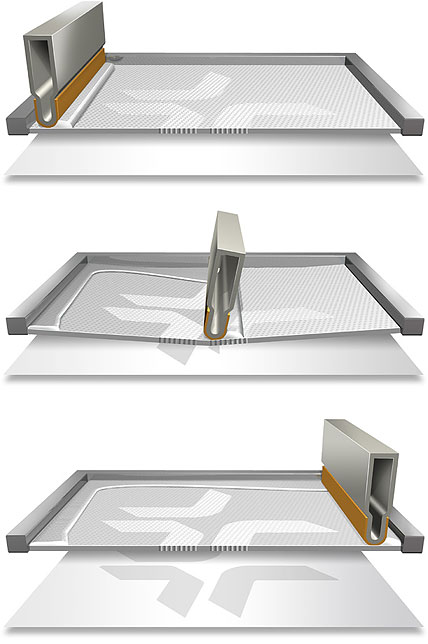 | 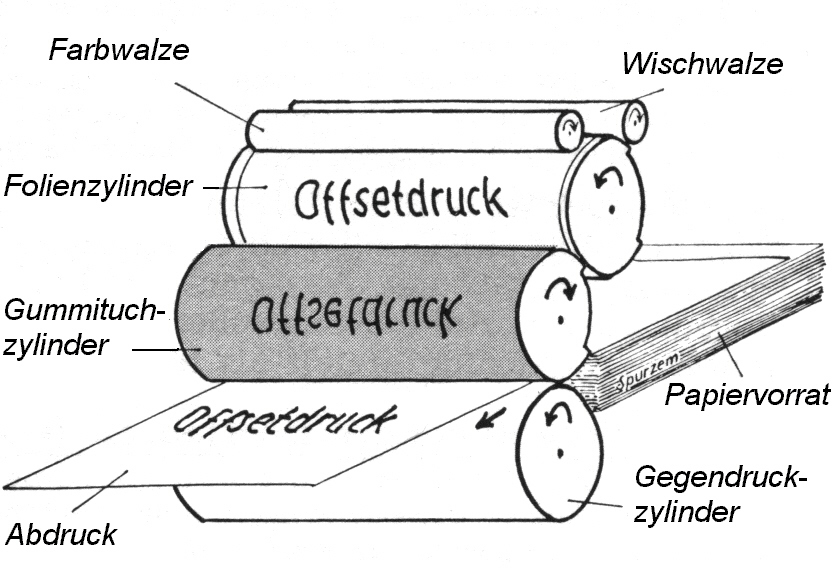 | 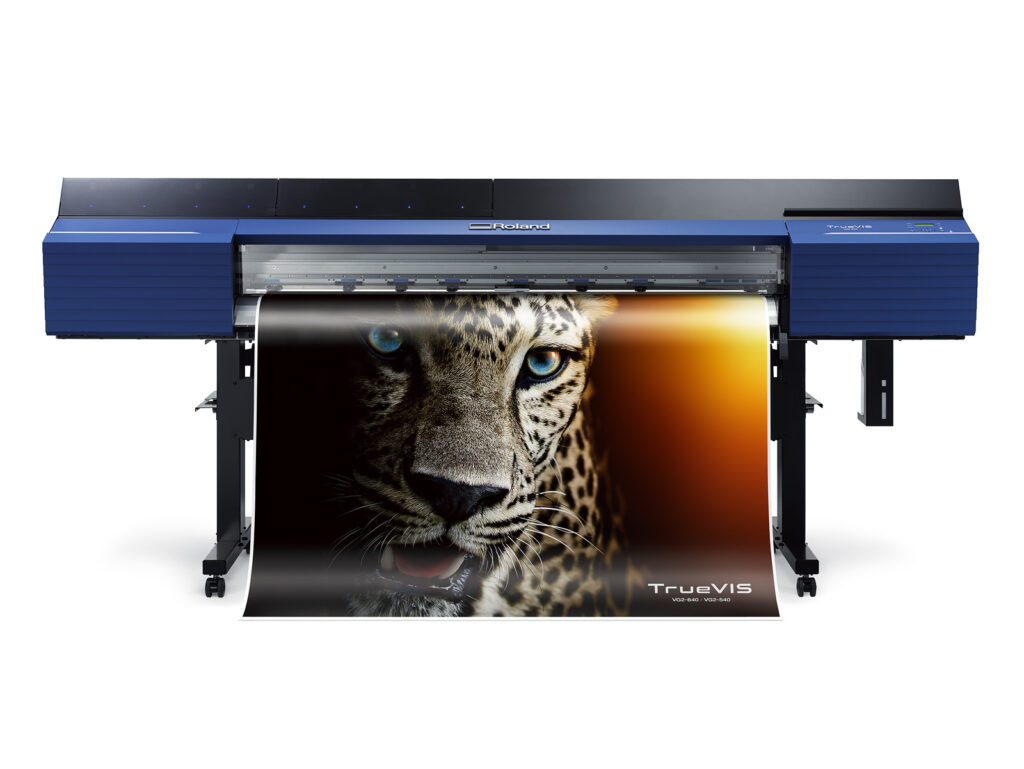 |
| Screen Printing | Offset Printing | Digital printing |
| Screen printing is a universal stencil printing or print through process. The stencil, also known as a printing screen, is now mostly made photo-chemically from a fine, coated screen fabric made of synthetic fiber or steel wire. Screen printing can be used in many ways to print objects of all formats, for example front panels or cups. In screen printing, the screen is clamped in a frame. The substrate is placed under the screen and the ink is poured into one place in the screen. Now the screen is placed on the printing material. There is a gap of approx. 1-2 mm between the screen and the printing material. | Modern offset printing is a further development of lithography invented by Alois Senefelder in 1796 (also a flat printing process). Stone slabs were used as pressure forms by hand pressing. Both the paper feed and the removal after printing were done by hand. Over the years, flexible metal plates have been used as printing forms instead of stone slabs. Most of the time, zinc plates were used for printing. In this context, the problem arose that the zinc plates could not be used to print on metal sheets (hard on hard). | Digital printing (or „Digidruck“ for short, in international parlance also Direct Digital Printing (DDP) or Computer-to-Print) refers to a group of printing processes in which the print image is transferred directly from a file or a data stream from a computer to a printing machine, without using a static printing form. The most widely used methods are electrophotography, laser printing, and inkjet printing. Digital printing complements classic printing processes such as offset printing, gravure printing or screen printing in all of their areas of application. |

